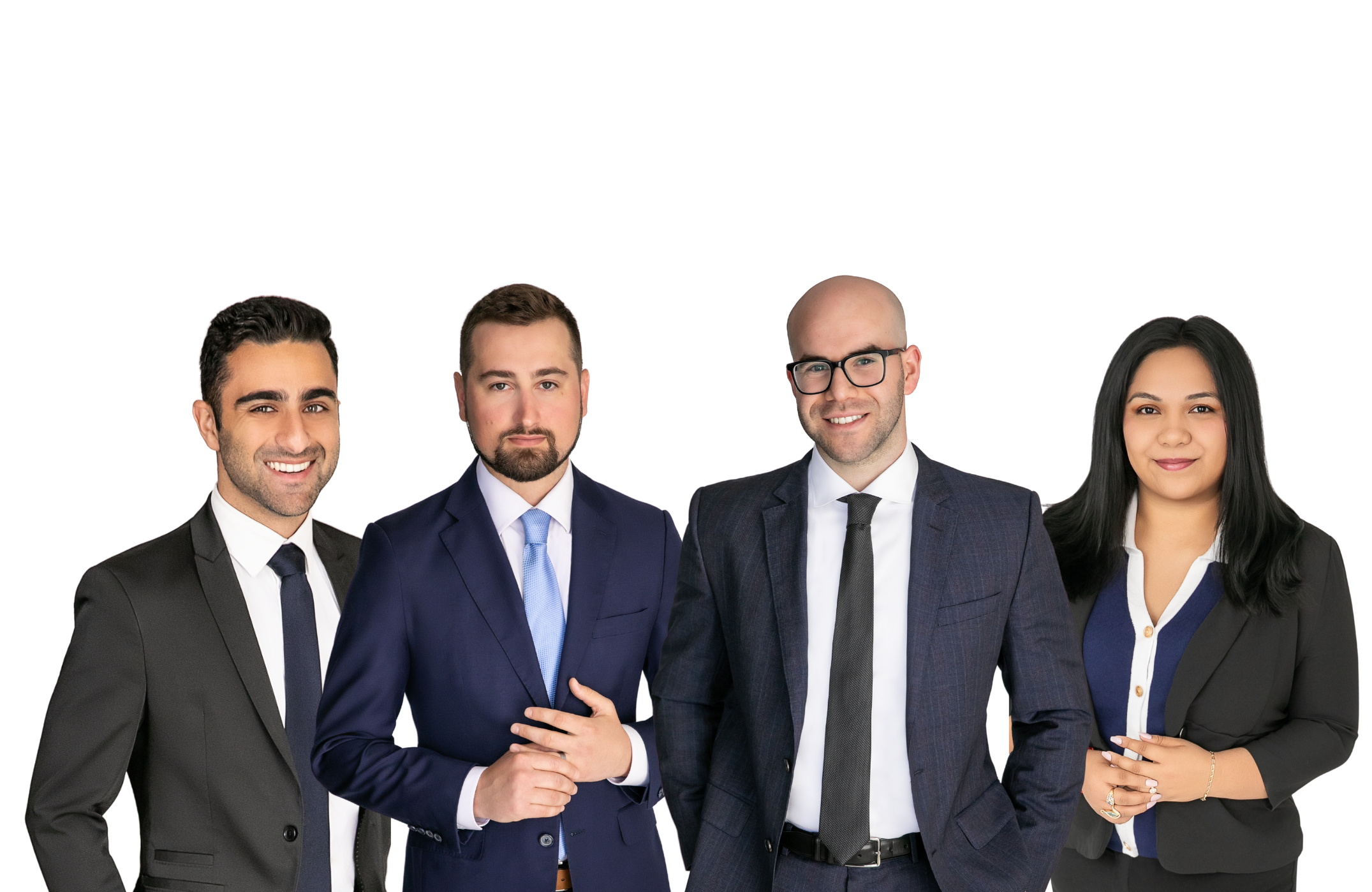Evidence Code § 1150 – Limitations on Evidence of Jury Deliberations
Free Consultation Request
Evidence Code § 1150 – Limitations on Evidence of Jury Deliberations
California Law
Evidence Code – EVID
DIVISION 9. EVIDENCE AFFECTED OR EXCLUDED BY EXTRINSIC POLICIES [1100 – 1162]
( Division 9 enacted by Stats. 1965, Ch. 299. )
CHAPTER 3. Other Evidence Affected or Excluded by Extrinsic Policies [1150 – 1162]
( Heading of Chapter 3 renumbered from Chapter 2 by Stats. 1997, Ch. 772, Sec. 4. )
1150.
(a) Upon an inquiry as to the validity of a verdict, any otherwise admissible evidence may be received as to statements made, or conduct, conditions, or events occurring, either within or without the jury room, of such a character as is likely to have influenced the verdict improperly. No evidence is admissible to show the effect of such statement, conduct, condition, or event upon a juror either in influencing him to assent to or dissent from the verdict or concerning the mental processes by which it was determined.
(b) Nothing in this code affects the law relating to the competence of a juror to give evidence to impeach or support a verdict.
(Enacted by Stats. 1965, Ch. 299.)
California Law Summary
This statute governs the admissibility of evidence offered to challenge the validity of a jury verdict based on juror conduct. It distinguishes between two types of evidence:
Objective Evidence:
Evidence of overt acts, such as juror misconduct (e.g., bringing in outside information), may be admitted to impeach a verdict.Subjective Evidence:
Statements reflecting a juror’s thought processes, motivations, or mental reasoning are not admissible to attack the verdict.
Purpose
To protect the integrity and finality of jury deliberations while allowing redress in cases of clear external or procedural misconduct.
Application
If there is suspicion of juror misconduct, such as considering evidence not presented at trial or inappropriate communication, § 1150 permits introduction of verifiable misconduct but bars exploration into how jurors personally reasoned or voted.


